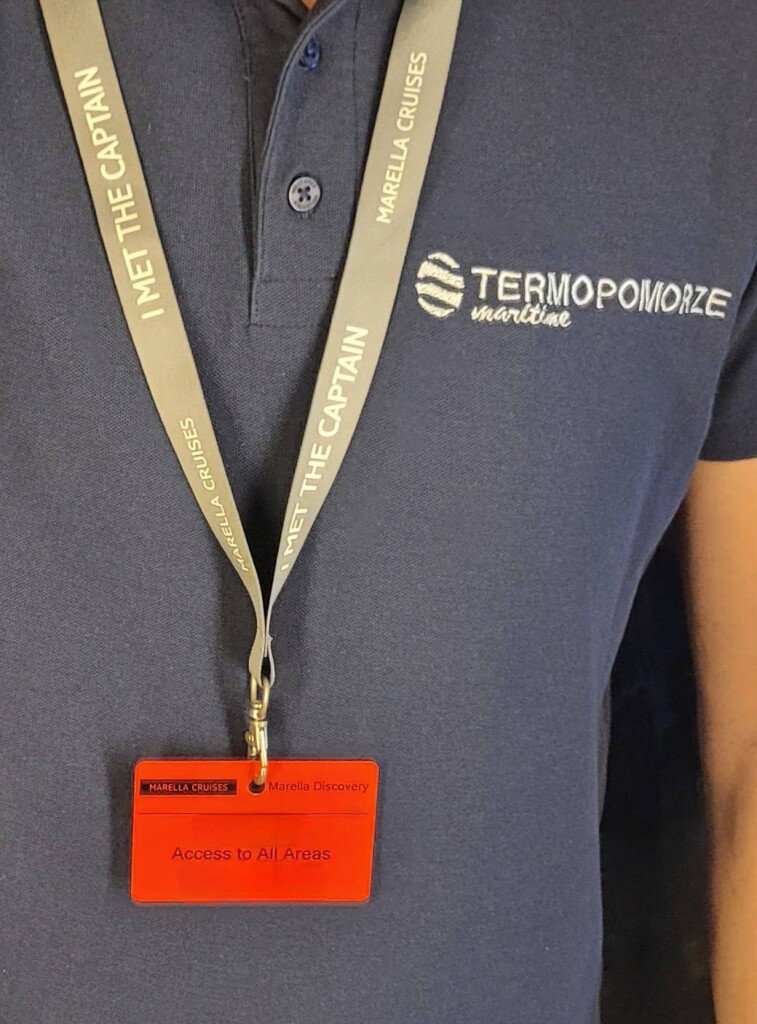Infrared Thermography in Marine Applications
In today’s world, where technology is constantly evolving, modern maritime vessels must be equipped with the latest solutions to ensure safety, efficiency, and reliability. One such key diagnostic tool is thermal imaging inspections. Ship thermography is the essential tool for ensuring safety and efficiency.
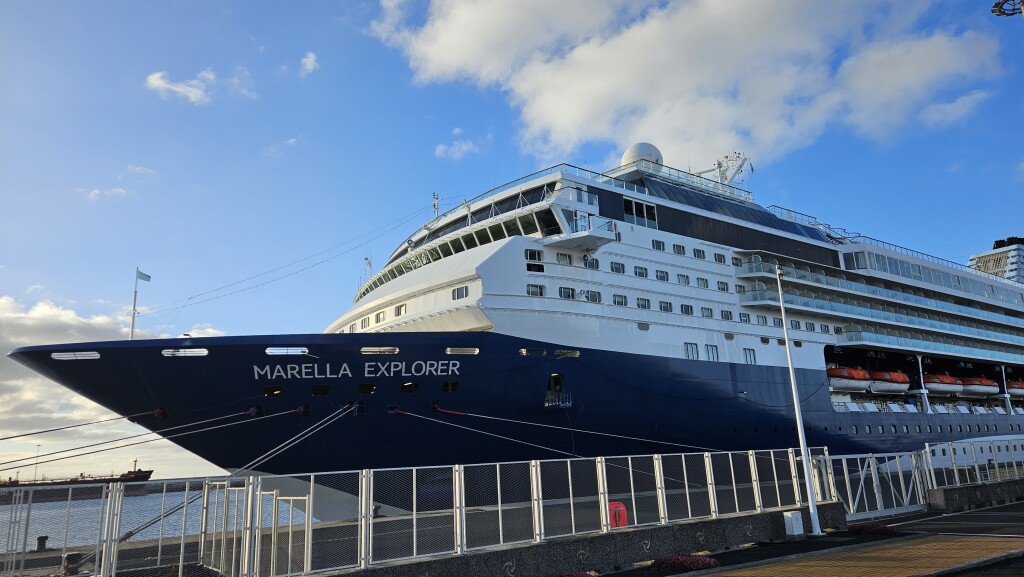
What is Thermography?
Thermography, or thermal imaging, is a technique that uses infrared to detect and measure the temperature of objects. With special thermal imaging cameras, it is possible to visualize the temperature distribution on the surface of various elements, allowing for the identification of problems not visible to the naked eye.
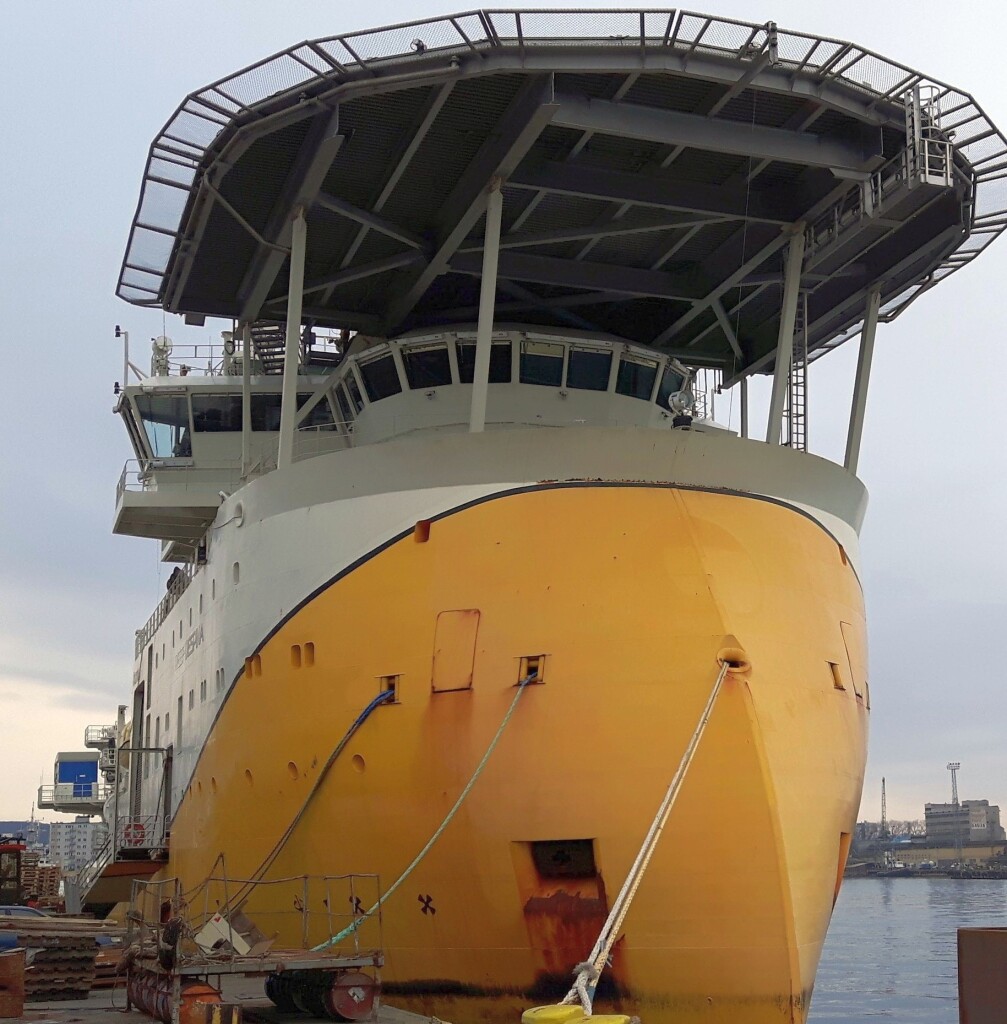
What is Ship Thermography?
Ship thermography refers to the use of infrared thermal imaging technology on ships to detect and measure temperature variations on the vessel and its various components. Ship thermal imaging is used for various purposes, including maintenance, safety, navigation, and surveillance. The biggest asset of thermal imaging measurements of ships is the fact that it’s a non-invasive method that allows for the inspection of components without risking any damage.
Applications of Thermography on Vessels
Inspection of Electrical Systems
One of the most important applications of thermal imaging on vessels is the inspection of electrical systems. Thermal imaging cameras enable the early detection of overheating components, such as wires, connections, switches, transformers, and other elements of electrical distribution systems. Detecting these issues at an early stage prevents major failures that can lead to power outages or fires. At this point thermal imaging of ships helps to keep the vessels safe and fully operational.
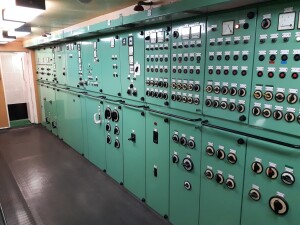
Propulsion Systems Monitoring
Generators, engines, and propulsion systems are key components of any vessel. Thermal imaging inspections of the ship allows for monitoring the thermal condition of these systems, which is essential for maintaining their efficiency. Any thermal anomalies may indicate mechanical issues, such as bearing wear, lubrication problems, or excessive component load.
At this point ship thermal imaging helps detect faults before they become serious problems or immobilize the ship.
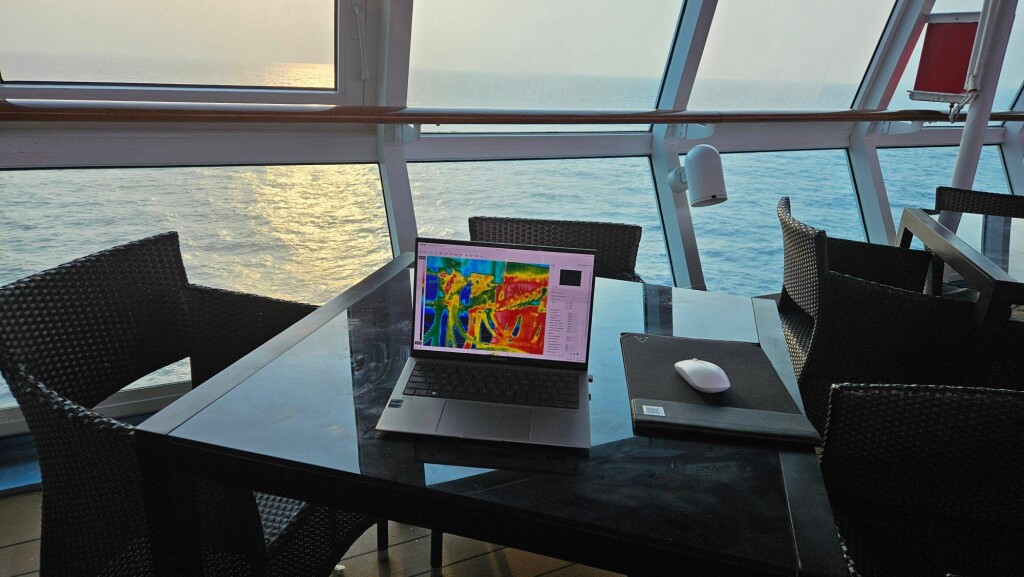
Inspection of Heating and Cooling Systems
Vessels are equipped with various heating and cooling systems. Thermal imaging inspections enable the control of the efficiency of these systems by identifying areas with abnormal temperature distribution, allowing for quick response and maintenance of optimal operating conditions. Another example of ship thermography application is checking the thermal insulation of pipelines on ships (hot water, steam, technological fluids) and the integrity of exhaust systems.
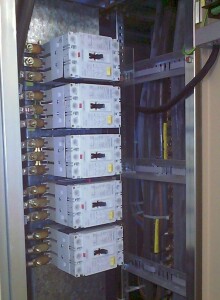
Inspection of Thermal Insulation of Hull
Thermal imaging of the ship is also used to inspect the condition of thermal insulation in heated or cooled spaces (cold stores, freezers, fish holds). Thermal analysis shows discontinuities in the placement of insulating material, thermal bridges, damages, and even moisture in the insulation. Thanks to thermal imaging measurements of ships, it is possible to conduct inspections quickly and effectively without the need to dismantle vessel elements or perform costly inspection openings.
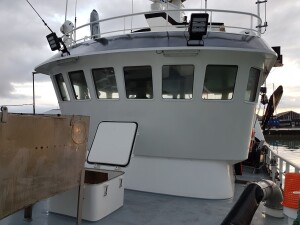
- Safety: Infrared survey enables the early detection of potential hazards, significantly increasing the safety of the crew and the vessel.
- Time and Cost Savings: Quick problem detection helps avoid costly repairs and downtime. Regular thermal imaging inspections help maintain the vessel in optimal technical condition.
- Energy Efficiency: Identifying and eliminating areas of heat loss and optimizing the performance of heating and cooling systems translate into greater energy efficiency of the inspected ships. This way thermal imaging of ships helps keep them not only more efficient, but also ecological friendly.
- Longevity of Technical Equipment: Regular monitoring of the technical condition of key vessel components contributes to extending their lifespan.
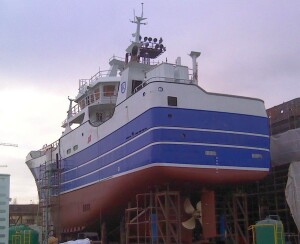
Conclusion
Thermal imaging inspections on vessels are an indispensable tool that brings numerous benefits, from increased safety to financial savings. With the capabilities offered by thermography, the modern maritime fleet can operate more efficiently and reliably, meeting the demands of contemporary standards and requirements.
We invite you to contact our experts to learn more about the applications of thermography on vessels and the benefits it can bring to your fleet.
